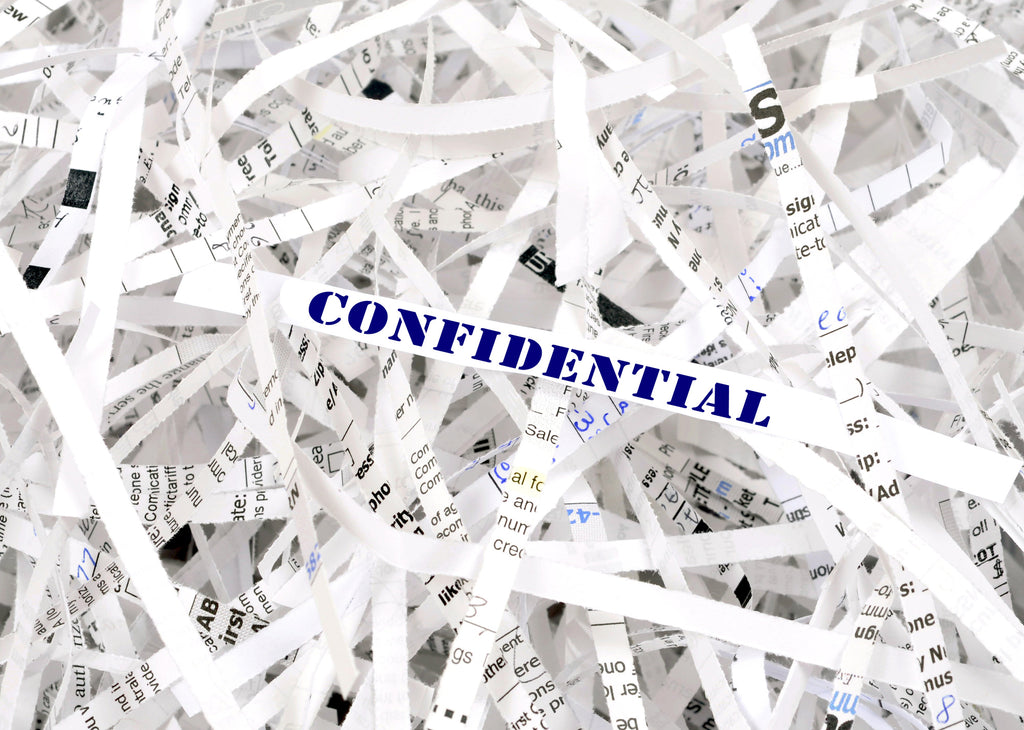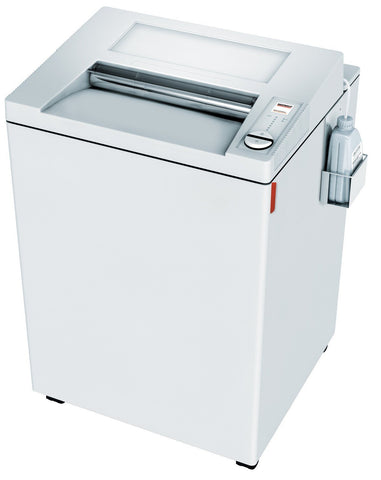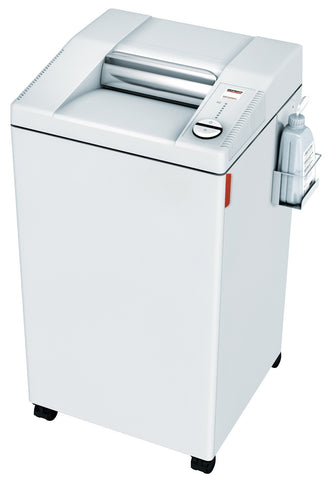15 million Americans are victims of identity theft every single year. That's a grand total of around 50 billion dollars lost to thieves.
Yet, many people still don't take it seriously enough. There are simple, yet effective ways to protect yourself, your family, and your company from hackers and thieves.
Steps like creating strong passwords on your computer can greatly reduce your risk. So can using document destruction practices.
But you need to know how to destroy your documents properly. Simply ripping them in half and tossing them in the trash is not enough. Thieves have time and patience.
Be safe and destroy your documents. Here are five best practices for secure document destruction.
1. Shred Credit Card Offers and Applications
The mail is one of the easiest ways for us to quickly become a victim of identity theft. Every month the US Postal Service receives 207 billion pieces of mail.
One of the many pieces of mail we tend to get is pre-approved credit card offers and applications. They contain a lot of personal information that a crook can use.
Proper document destruction is imperative for credit card offers and applications because if a thief gets ahold of one, they can simply get a credit card in your name.
One way to eliminate this threat is to simply opt out of receiving them altogether. You can call the number or simply go online to fill out the request.
If you choose to keep receiving offers, then the best way to ensure that you're safe is to shred all offers and applications once you no longer need them.
Try using a cross cut shredder to dispose of these documents. It's harder for thieves to reconnect them.
2. Any Documents Containing a Signature
If someone has access to your signature, they can do a lot of damage. A signature means they can forge your name onto a lot of other documents.
It makes it easier for them to open bank accounts, obtain new credit cards, and even get an ID with your name on it. All papers with any signature should go through proper document destruction protocol.
This is especially important for companies. A thief having access to the decision maker's signature could literally destroy your business.
You could be held liable for the money you never spent. Or the IRS becomes involved, thinking you have more employees than reported.
It can take months and even years to clear your name. To ensure all documents with signatures remain safe from theft, try using a high-security shredder.
3. Create a Policy for Document Destruction
Whether you own a company or it's just for you and your family, it's vitally important to implement a policy for document destruction. It ensures that the right papers are destroyed correctly in a timely manner.
Part of the problem many people face is that without a policy, papers pile up. They then seem unmanageable.
Most people would rather save time and simply toss away old papers and hope for the best. However, that can end up putting yourself or your company in jeopardy.
A good policy states exactly which items need to be properly destroyed. There are other items that hold valuable information besides paper documents.
Items like CDs, videotapes, and hard drives also carry vital information that could potentially cause problems if not disposed of properly. There needs to be a protocol set in place that states exactly how each item is disposed of.
The policy should also state exactly when these items should be destroyed. While certain documents do need to be held onto for legal or tax purposes for a certain amount of time, other items can be destroyed immediately or yearly.
A written document should be created that clearly states when each type of document should be destroyed. That way, each employee or family member can easily understand and adhere to the policy.
4. Stay Up to Date on Your Security Measures
Even if you have a policy for document destruction in place, it doesn't mean your important documents are safe. Thieves can break into a home or office and easily obtain your information.
Make sure that you're up-to-date on all your security measures. Create passwords for all your accounts. Make sure your software is the most current it can be.
For paper documents, make sure that the documents that are held at your home or office are safely secured away. Place them in a room that locks.
Keep the room locked at night and if need be, locked during the day. Only key personnel should have a key to the room.
If that's not possible, another method would be to use file cabinets with locks on them. Make sure there is a policy set in place to keep them locked at night.
5. Go One Step Further
After you've shredded all documents that can leave you or your company vulnerable to thieves, the question remains on what to do with all that paper.
If you throw it into the garbage, you're just leaving yourself vulnerable once again to thieves. There are machines that can put papers back together even after they've been shredded.
You can also choose to recycle those papers. But once again, you're leaving yourself vulnerable.
Both garbage and recycling are often left out in the open for anyone to grab. Then there's also the employees handling the garbage and recycling. You don't know if they can be trusted.
One option is to use a burn bag. Burn bags are used by government agencies and companies to ensure that their information is safely and forever secured against thieves.
You can also use dirty diapers, used kitty litter, or soak the papers until they are unreadable. For those who want to go green, you can try composting your shredded documents.
Invest in the Right Shredder
A good shredder will help ensure that your documents are kept away from prying eyes. Whether you shred daily, weekly, or once a year, you can be sure that our shredders can handle any type of job.
Don't wait until you're the victim of identity theft. You have too much time, money, and reputation to lose.
Contact us to find the right shredder for your needs today.




